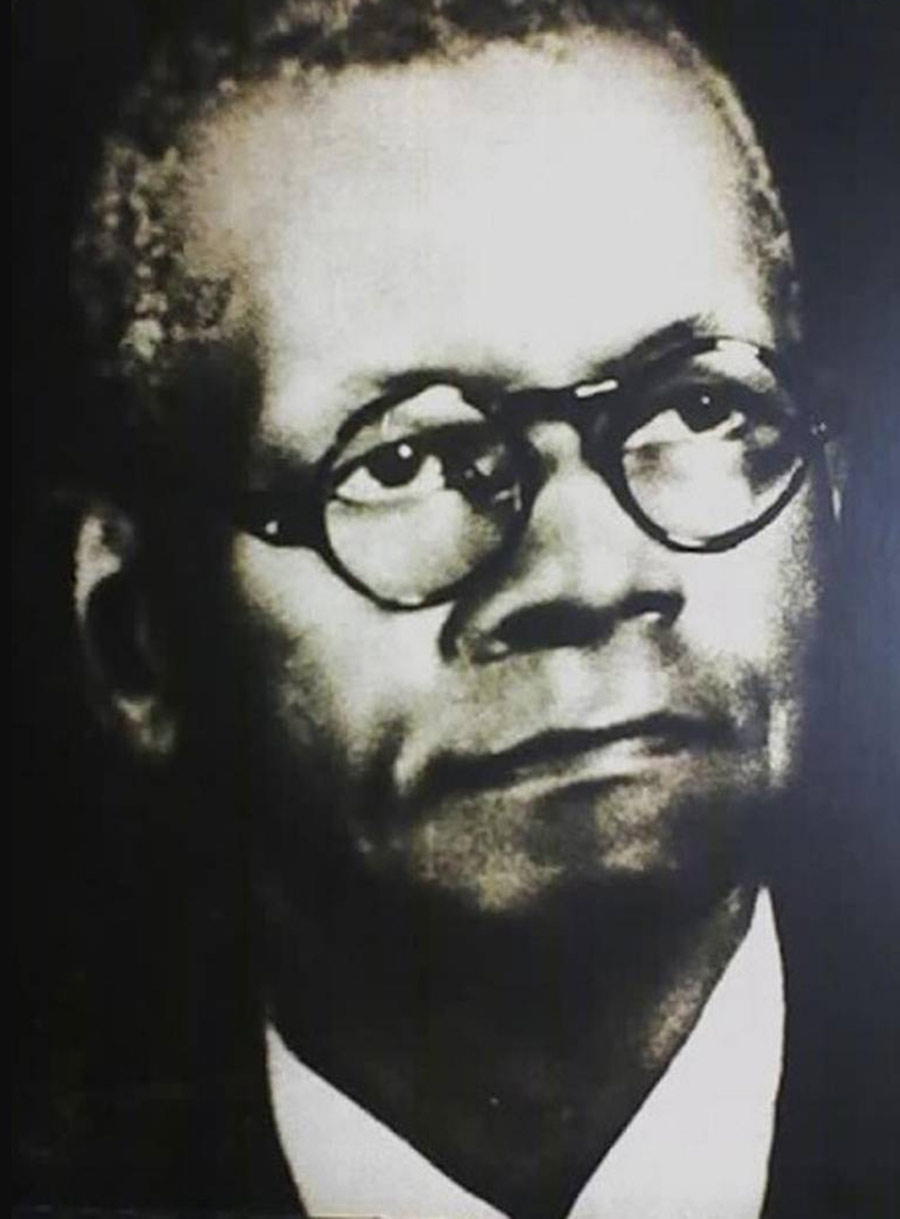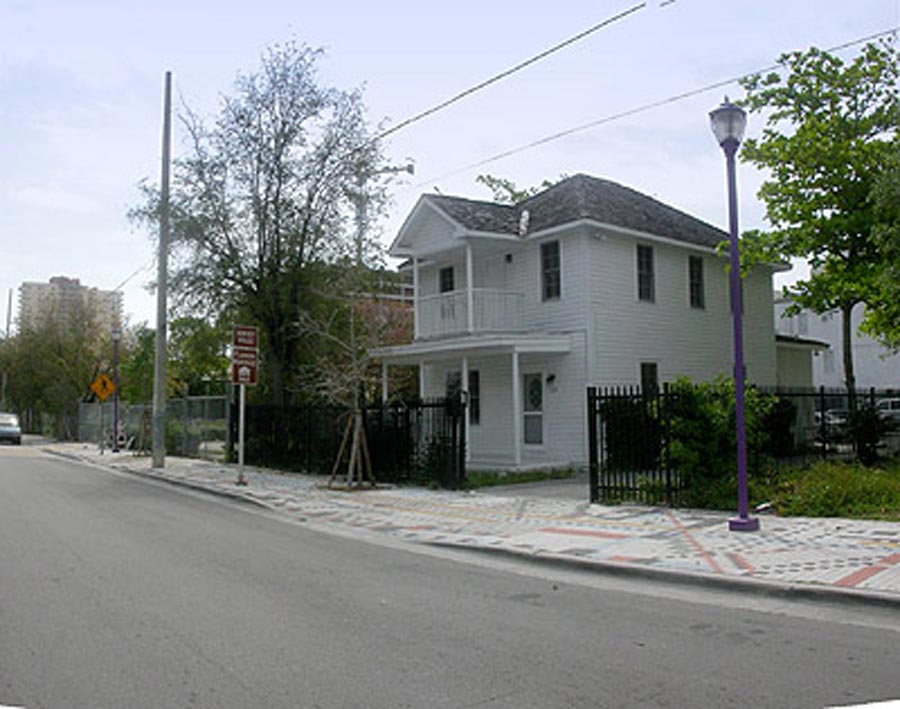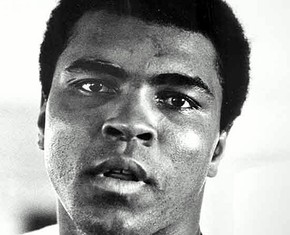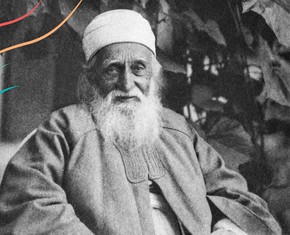The views expressed in our content reflect individual perspectives and do not represent the authoritative views of the Baha'i Faith.
Meet Miami’s first Black millionaire — Dana Albert Dorsey, a real estate magnate, philanthropist, Miami’s most famous early Black resident, and a Baha’i.
Dorsey, a sharecropper’s son, was born in 1872 in Quitman, Fulton County, Georgia, as the first child in his family to be born free — not born into slavery. He had only a fourth-grade formal education, and afterward went on to become a self-made man, a generous and celebrated philanthropist, and a follower of the Baha’i Faith. Therein lies an amazing tale.
As a young man, Dorsey moved to Miami in 1897. A carpenter by trade, he worked for the Florida First East Coast Railroad Company, owned by Henry Morrison Flagler. During this time, he realized that there was a need to provide housing for Black workers — so Dorsey began to invest in real estate.
RELATED: A Love Letter to the Pupil of the Eye
By custom and Jim Crow-era law, Black people were not allowed to own or rent residences or commercial properties in white-dominated Miami during that time. This racist policy was enforced by race-restrictive covenants in property deeds, prohibiting Black people from purchasing or leasing property in areas where white people lived — and promoting the income inequality that still exists between Black people and other people in the United States today.
In 1896, when the city first incorporated, Miami’s original Charter even called for a separate area to be set aside for African Americans. More than half a century later, on May 3, 1948, in the landmark case of Shelley v. Kraemer, the U.S. Supreme Court ruled unanimously that such racial covenants in housing were unconstitutional.
So, in what was originally and derogatorily known as “Colored Town”— its name was changed in 1937 to Washington Heights, but the area is popularly known today as Overtown — in Miami’s northwest sector, Dana Dorsey purchased his first parcel of land for $25, with income he gained using his carpentry skills. On this small plot of land, in an area near the old Seaboard Station at N.W. 7th Avenue and N.W. 19th Street, Dorsey designed and constructed a small rental house. He continued to buy lots for $25 each, and soon accumulated large blocks of real estate. In this way, Dorsey began to make his fortune as a real estate developer. (For a detailed description of the area’s history, see: Paul S. George, “Colored Town: Miami’s Black Community, 1896–1930,” Florida Historical Quarterly Vol. 56, No. 4 (April 1978), pp. 432–447.)
But Dana Albert Dorsey wasn’t only interested in making money. He invested in real estate and built homes with the higher and more altruistic goal of improving the condition of the Black community by providing affordable housing, educational opportunities, and wholesome recreation. In an era of lynching, vicious prejudice, and the patent evils of racism, he exemplified the Baha’i ideal of work as worship, when done in service to humanity:
It is enjoined upon every one of you to engage in some form of occupation, such as crafts, trades and the like. We have graciously exalted your engagement in such work to the rank of worship unto God, the True One. Ponder ye in your hearts the grace and the blessings of God and render thanks unto Him at eventide and at dawn. Waste not your time in idleness and sloth. Occupy yourselves with that which profiteth yourselves and others. …
Hold ye fast unto the cord of material means, placing your whole trust in God, the Provider of all means. When anyone occupieth himself in a craft or trade, such occupation itself is regarded in the estimation of God as an act of worship; and this is naught but a token of His infinite and all-pervasive bounty. – Baha’u’llah, Tablets of Baha’u’llah, p. 26.
Work done in the spirit of service is the highest form of worship. – Abdu’l-Baha, Divine Philosophy, p. 83.
In 1914, Dana Dorsey was listed as the only African American real estate agent in Miami. In 1918, he purchased Elliot Key and the barrier island now known as Fisher Island (today an exclusive luxury island in Biscayne Bay near Miami Beach) so he could provide a public beach for African Americans to enjoy —since “white” beaches did not accept them. That same year, the Miami Daily Metropolis reported that Dorsey had purchased Fisher Island:
… to form a company for the development of the tract as a high-class colored resort and subdivision with a hotel, cottages for well-to-do men of his own race and boats to convey them back and forth between the mainland and the island so there will be no conflict of the races in the project.
Dorsey’s accomplishments not only served Miami’s Black community, but they also soon became historically important. For instance, Dorsey helped organize South Florida’s first Black-owned bank, the Mutual Industrial Benefit and Saving Association. He later owned Florida’s Negro Savings Bank. His Dorsey Hotel was the first Black-owned hotel in Miami. As a community leader, Dorsey served as chairman of the Colored Advisory Committee to the Dade County School Board, and also gave of his time as registrar for Black men during World War I.
Success as a real estate developer led to Dorsey’s legacy as a philanthropist, and his contributions to Miami are lasting and significant. For instance, in the 1930s, Dorsey donated, to the Miami-Dade School District, the property located at Northwest 71st Street and 17th Avenue in the Liberty City area of Miami, on which the Miami Dorsey High School was built in 1936. In 1970, that school was converted to what is now the D.A. Dorsey Technical College (a.k.a. D.A. Dorsey Educational Center), the longest-running successful adult education program in Miami-Dade County.
As a benefactor, Dorsey financially backed the historically Black Bethune-Cookman College (now University), according to one of his granddaughters, LaShonne Edwards. On February 14, 1940, just fifteen days before his death, Dorsey donated the land on which the future Dorsey Memorial Library would be built. Opened on August 13, 1941, the Dorsey Memorial Library was located in segregated Overtown. On January 17, 2018, the city of Miami held a ceremonial groundbreaking to launch a $1.3 million renovation project for the historic preservation of one of the hallmark monuments of Black Miami, saying in its official report:
The Dorsey Memorial Library is significant for its historical associations and stands as a testament to the segregation of the races, and in Miami, the lingering prejudice towards people of color. The building played a key role in the education of many African American citizens who lived in the Overtown area during a time when there were few educational options. In the all-too-recent past, African Americans in Miami suffered egregious treatment and limited civil rights, as they were severely limited in their choices of places to live, socialize, recreate and educate.
But before his library dedicated to the education of Black Miami opened, on Thursday, February 29, 1940, Dorsey died. Flags were flown at half-staff in Overtown, and businesses closed during funeral services when Dorsey’s body was laid to rest in Lincoln Memorial Park, Miami’s African American cemetery during the Jim Crow era. Some 2,000 mourners attended.
RELATED: Remembering John Lewis: A Life of Courage and Service
By today’s standards, Dana Albert Dorsey would have been a billionaire at the time of his passing. Dorsey owned property not only in Dade and Broward counties, but in Cuba and the Bahamas as well. His extensive land holdings are considered to be the largest ever held by a Black man in Dade County.
To honor Dorsey, Third Avenue in Overtown was renamed “D. A. Dorsey Way” (also designated NW 3rd Avenue Business Corridor). The D. A. Dorsey House (250 NW 9th Street, built in 1913 for his second wife, Rebecca Livingston) in Overtown is a historical landmark. Adding to his legacy is the Dana Dorsey Memorial Park.
This, in brief, highlights what we now know about D.A. Dorsey’s illustrious life and legacy of service to humanity. However, very little is known of Dorsey’s connection with the Baha’i Faith. In “How Miami’s Renowned Black Entrepreneur Became a Baha’i,” I explored D.A. Dorsey’s introduction to the Baha’i teachings of interracial harmony and the oneness of humanity, which he welcomed and readily embraced.
You May Also Like
Comments




















I first wrote about Mr. Dorsey on pp. 124–125 in “Alain Locke: Faith and Philosophy” (2005), which you can download (with the publisher's permission). Simply Google the title, and links will appear.